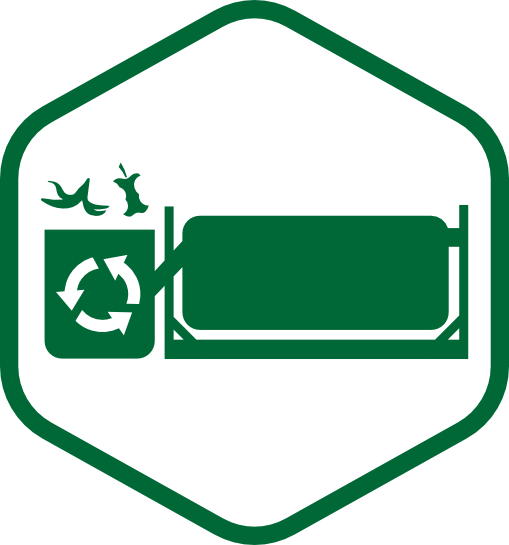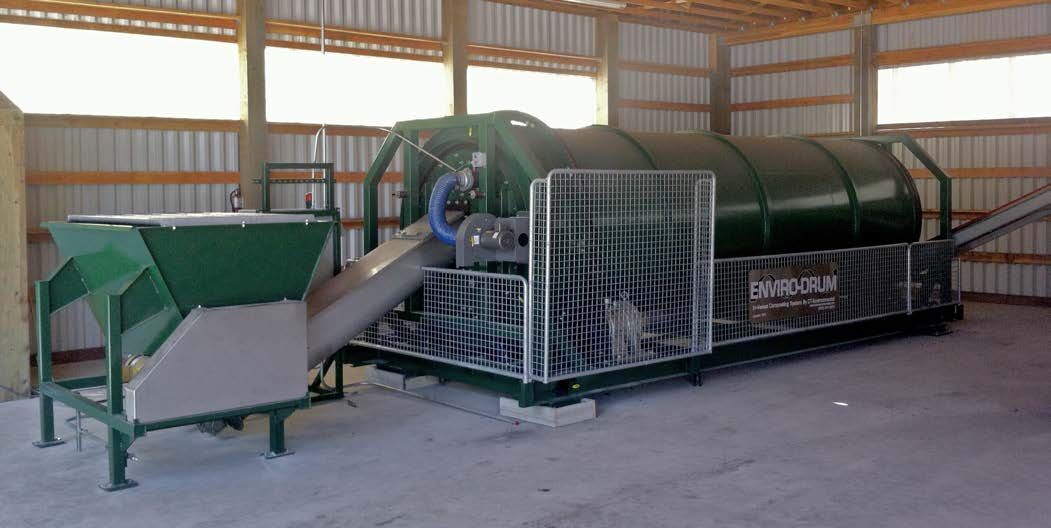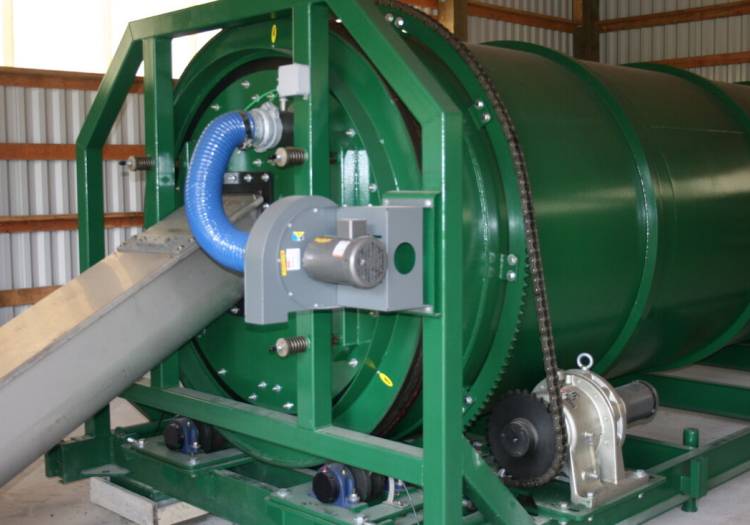Waste Managament, why?
- Significantly reduced food waste
- Close the cycle of waste flows in the organization
- Saving on transport costs through processing on site
- Reduce your ecological footprint
- Low-maintenance and low use of energy
- Fully remote-controlled and controllable
Vegetables, fruit and garden waste (VFG), restaurant waste and food leftovers from animal houses can be excellently processed into compost. Mavasol's Envirodrum composts food waste into a fertile soil improver. By processing waste compared to incineration, the processing costs and CO2 emissions are reduced. The composting machine is ideal for zoos (manure and vegetable waste), horticulture, restaurants, dairy farms and waste processing companies.
What are the advantages of composting waste?
Composting is the natural process of decomposing and recycling organic materials into a humus-rich soil improver. Any organization that produces food waste can easily break down this organic waste into high-quality compost. The composting process is accelerated and fully controlled in the DTE Envirodrum. This accelerated composting technique significantly reduces the amount of waste and closes the cycle of waste flows.
How the composting process with the DTE Envirodrum works
Composting is the natural process of decomposing and recycling organic materials into a humus-rich soil improver. Any organization that produces food waste can easily break down this organic waste into high-quality compost. The composting process is accelerated and fully controlled in the Envirodrum.
The composting process takes place in the drum of the Envirodrum. Composting in a drum or container is also known as the in-vessel composting method.
STEP 1: In-vessel composting method
The feed auger ensures that the food waste is added to the installation in the right amount. By gradually adding the waste, the compost installation can continue to run and energy consumption is minimized. The rotation of the drum and the right amount of air supply speeds up the composting process of food waste considerably. The compost drum is suitable for composting different types of food waste, such as potatoes, vegetables and even coffee waste. The process is tailored to the type and amount of waste.
STEP 2: Composting by using the present bacteria
Composting occurs through the activities of bacteria and fungi (micro-organisms) that are already naturally present in the organic material. They break down the material. Insulation plates are attached to the inside of the drum. These linear planks on the inside provide insulation, prevent wear and tear and can harbor bacteria in the interstices. By rotating the drum and the right amount of air supply, the composting process can be accelerated and fully controlled.
STEP 3: Control and adjust the process
The entire process inside the Envirodrum can be monitored and adjusted on the control panel. The control panel is also available online.
STEP 4: Resulting in high-quality compost
The hygienic and dry material that comes out of the Envirodrum is scent free. Due to the optimal composting process, the amount has been significantly reduced and the residual product is extremely suitable as compost and soil improver.
"Tailor-made"
A waste processing system must fit your goals and situation. Mavasol designs custom solutions for the cost-effective processing of waste flows. We always make a design in 3D CAD to show you how the system fits on your property.Our solutions for waste management






